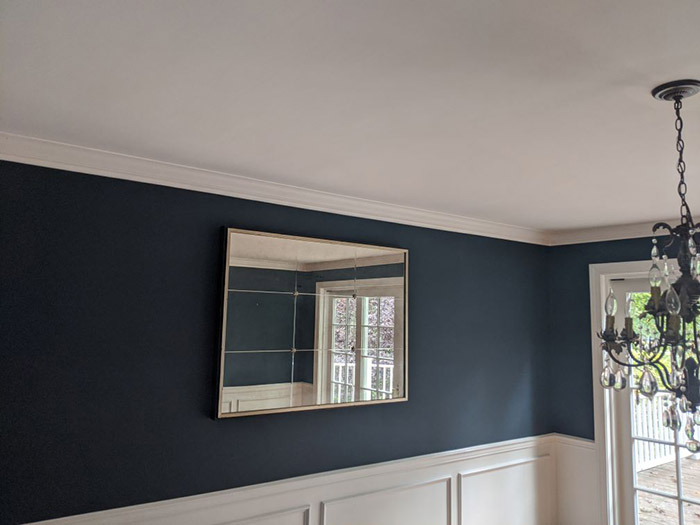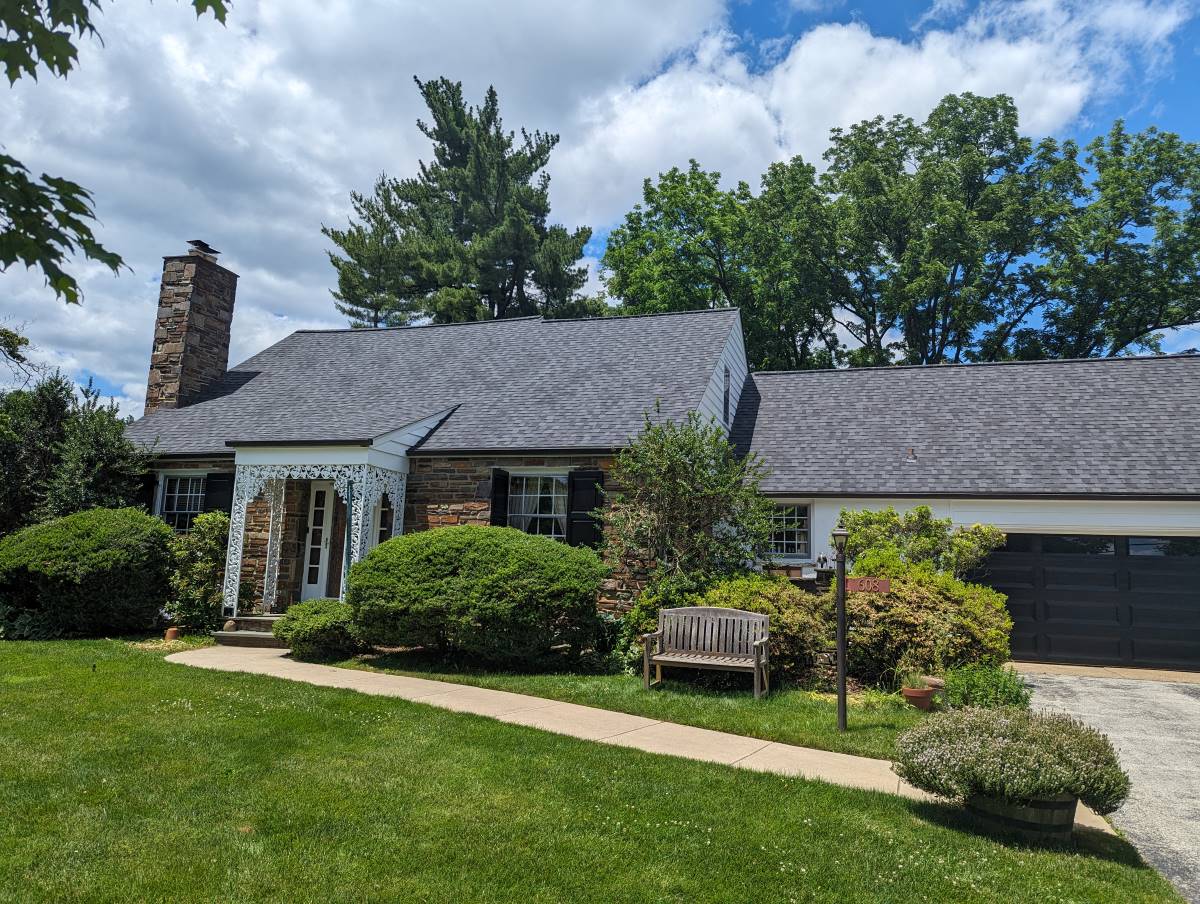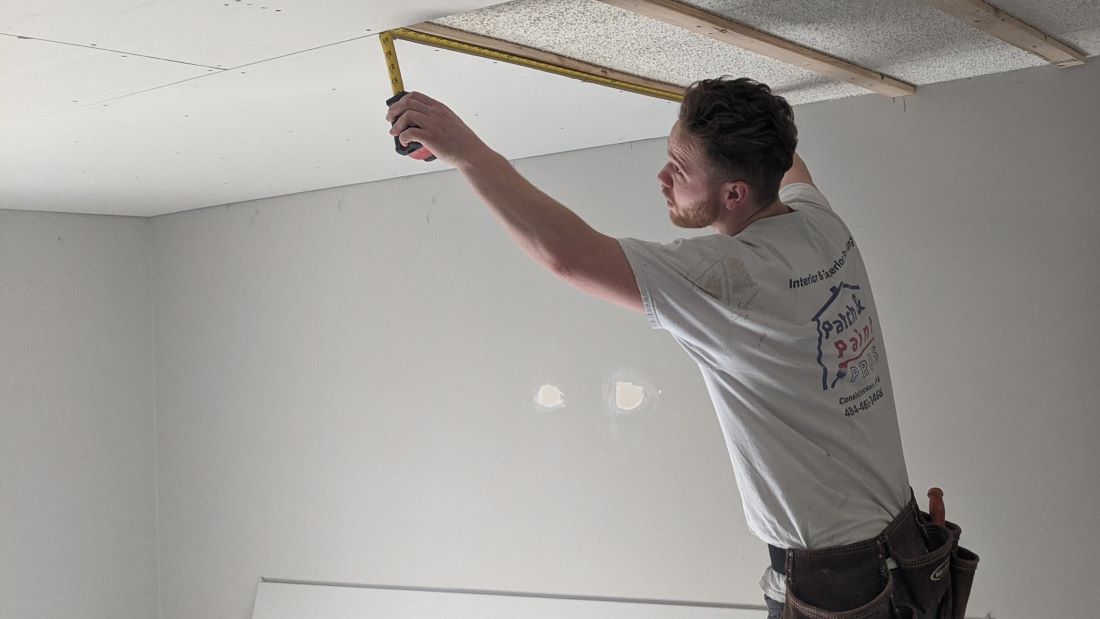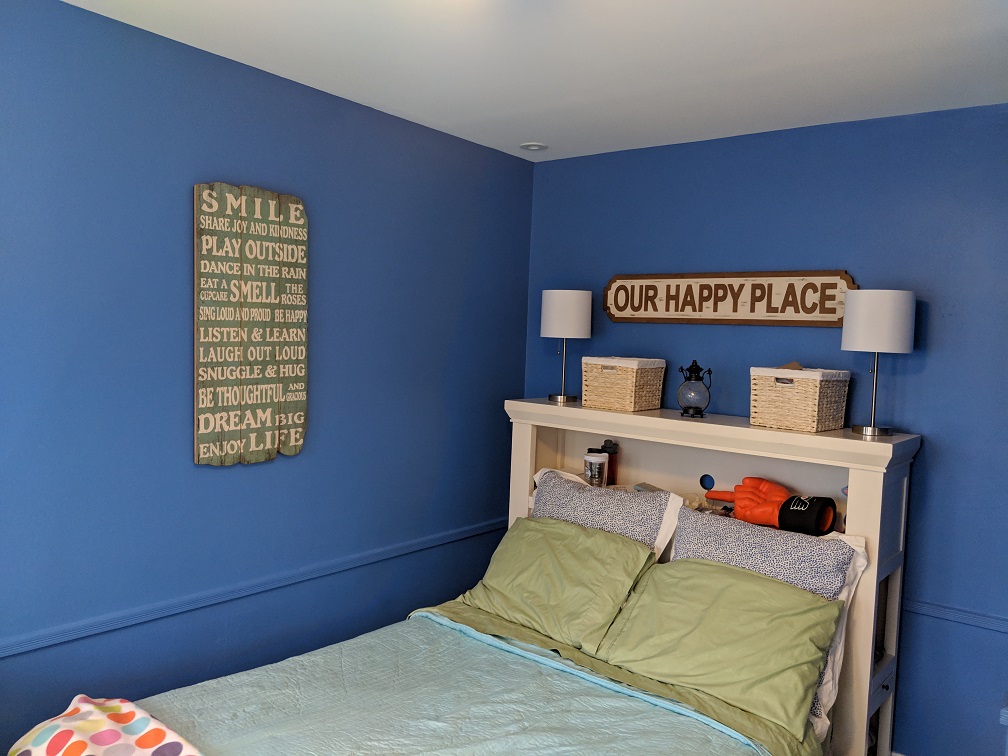Are you tired of the dull and lifeless colors in your home? Do you want to add a pop of color that will brighten up your living space? Interior painting services can help you achieve the desired look for your home. But, it’s not just about slapping on some paint – there are specific color correction techniques used by professionals that can make all the difference.
Understanding color theory basics is crucial when it comes to selecting the right hues for your walls. Interior painting services take into consideration factors like hue, saturation, and brightness to ensure that they create a harmonious and visually pleasing palette. Additionally, lighting considerations play an essential role in color correction. The way light hits a room can drastically change how colors appear on walls. Professionals know how different types of lighting affect various shades and will adjust their approach accordingly. With their expertise in tinting and shading, they can also alter the intensity or depth of color to complement existing decor or create new ones entirely. By using these techniques, interior painting services can transform any room in your home into a vibrant, welcoming space that reflects your unique style.
Color Theory Basics
Before embarking on any painting project, it’s essential to familiarize yourself with the fundamentals of color theory. Having a solid understanding of color psychology can greatly assist you in choosing the perfect shade for your walls, creating an environment that elicits the desired emotions and mood. For instance, warm colors such as red, orange, and yellow are known to invigorate energy and encourage conversation, making them ideal choices for social spaces like living rooms or dining areas. On the other hand, cool colors like blue, green, and purple have a calming effect and work well in bedrooms or home offices, promoting relaxation and focus.
Complementary colors are another key concept in color theory. These are pairs of colors that are positioned opposite each other on the color wheel, such as blue and orange or red and green. By incorporating complementary colors in your paint job, you can achieve a sense of balance and harmony within a room. For instance, painting an accent wall in a striking shade of navy blue can be beautifully complemented by adding accents of warm orange in the form of pillows or artwork. By comprehending these basic principles of color theory, professional house painting services or painting companies can expertly select the right shades to enhance any space, ensuring a visually pleasing and cohesive result.
By applying the principles of color theory and working with experienced painting professionals, you can transform your space into a harmonious and aesthetically pleasing environment that reflects your personal style and desired atmosphere. Whether it’s a small painting job or a larger project, the knowledge and expertise of a reputable painting company can help bring your vision to life with a fresh coat of paint in precisely the right hues.
Lighting Considerations
When considering lighting, it’s important to keep in mind the impact it can have on the overall look and feel of a room. Proper lighting placement is crucial for achieving the desired effect. Natural lighting can enhance warm colors such as reds and oranges, while artificial lighting can bring out cooler colors like blues and greens.
The type of lighting used also plays a significant role in color correction. Incandescent bulbs can create a yellowish tint, while fluorescent bulbs may produce a bluish tone. LED lights offer more control over color temperature and are often preferred by interior painters for their versatility. By taking into account both natural and artificial lighting effects, painting services are able to choose the best color correction techniques that will make your space shine.
Tinting and Shading
When it comes to adjusting paint color, there are various techniques you can employ. Tinting and shading are effective methods that involve the addition of white or black paint to alter the color of your walls. If you desire a lighter version of a specific hue, adding white paint can achieve the desired effect. Conversely, incorporating black paint can darken the color, providing a deeper shade.
Utilizing different shades of the same color to create light and shadow effects is another way to enhance your space. By strategically applying varying shades, you can introduce a sense of depth and dimension, giving your walls a more dynamic appearance.
Adding White or Black to Change Color
By mixing black or white paint with the original color, painters can create a new shade to perfectly match the client’s desired look. This technique is commonly used when the original color needs to be lightened or darkened. Adding white paint will lighten the color while adding black paint will darken it.
When using this technique, it’s important for painters to maintain proper color balance. Too much white can make the color appear washed out and too much black can make it appear muddy. Skilled painters know how to mix just the right amount of black or white to achieve the desired shade without compromising on color balance. By using this technique, interior painting services are able to provide clients with a wide range of customized colors that perfectly suit their preferences and needs.
Creating Light and Shadow Effects
You can easily bring your space to life by creating stunning light and shadow effects using the right painting techniques. One technique that interior painting services use is creating a color gradient. This involves blending two or more colors together in a way that creates a smooth transition from one shade to another. By using this technique, you can add depth and dimension to any room, making it feel more spacious and inviting.
Another technique used for creating light and shadow effects is texture creation. This involves adding different textures to your walls, such as stucco or plaster, which will create shadows when hit by light. The shadows will give the illusion of depth, making your walls appear three-dimensional instead of flat. By combining both color gradients and texture creation techniques, you can transform any space into an immersive environment that will leave you feeling inspired and energized every time you walk through the door.
Mixing Colors for Desired Tint or Shade
To achieve your desired tint or shade, it’s important to mix colors together in the right ratios. Color blending is a crucial technique used by interior painting services to create unique shades that perfectly match their clients’ preferences. The process involves experimenting with different color swatches until the perfect blend is achieved.
Mixing colors can be tricky, especially when trying to create a specific shade. Interior painters use experience and expertise to determine what colors will work best together and how much of each color should be used. They often start with small amounts of each color and gradually add more until they reach the desired shade. It’s also important for them to keep track of the exact ratio used so that they can recreate the same shade if needed in the future. By using this method, interior painters are able to produce customized finishes that truly reflect their clients’ personalities and styles.
Color Matching
Ready to achieve the perfect color scheme for your home? Matching colors is key, and interior painting services have a variety of techniques to ensure a seamless blend throughout your space. One such technique is color matching. This involves using specialized equipment that scans an existing surface or material to determine its exact color composition. The data is then transferred to a computer program that analyzes the information and generates a paint formula that matches the original shade.
Color matching can also be done manually by comparing color swatches or paint samples against the desired hue. Interior painting services may use this method when working with custom colors or trying to match existing paint in different areas of your home. By taking into account lighting conditions, finishes, and textures, they can create a cohesive look that enhances the overall aesthetic of your living space.
With access to advanced technology and skilled professionals, interior painting services can help you achieve stunning results for your home’s interior design. Whether you’re looking for bold accents or soothing neutrals, their expertise in color matching will ensure a flawless finish every time. So why settle for anything less than perfection? Trust the experts to bring your vision to life with precision and attention to detail.
Application Techniques
Get ready for a flawless finish with the advanced application techniques utilized by the pros. Interior painting services use specific brush and roller techniques to ensure that the paint is applied smoothly and evenly, leaving no streaks or uneven areas.
Brush techniques involve using a high-quality brush, holding it at a slight angle, and applying even pressure as you move it across the surface. This technique allows for precise control over the amount of paint being applied while minimizing drips or smudges. Roller techniques involve using a high-quality roller cover and rolling it in one direction along the surface. This technique ensures that there are no air pockets or bubbles in the paint, which can cause an uneven finish. By utilizing these application techniques, interior painting services are able to achieve a professional-looking result that will last for years to come.
Final Thoughts
So there you have it, a comprehensive guide to the color correction techniques used by interior painting services. By understanding color theory basics and taking lighting considerations into account, professionals are able to create beautiful and cohesive color schemes that enhance the look and feel of any space. Tinting and shading can also be utilized to add depth and dimension to walls, while color-matching ensures consistency throughout the entire room.
Finally, application techniques play a crucial role in achieving a flawless finish that will stand the test of time. Whether you’re hiring professional painters or tackling your own DIY project, these tips will help you achieve stunning results that will make your home feel like new again. So go ahead, pick up that paintbrush and start transforming your space!












